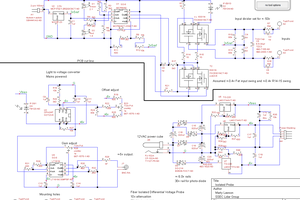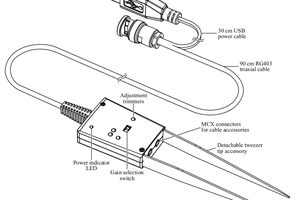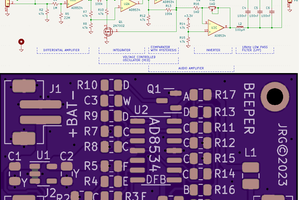Music Spectrum and dB Visualizer
Receive input from a 3.5mm jack, divides the music into 7 frequency bands, shows the loudness of each frequency band in DB using LEDS.
Receive input from a 3.5mm jack, divides the music into 7 frequency bands, shows the loudness of each frequency band in DB using LEDS.
To make the experience fit your profile, pick a username and tell us what interests you.
We found and based on your interests.
Full_capablities.mp4A star is born, everything shown offMPEG-4 Video - 14.77 MB - 11/03/2023 at 03:44 |
|
|
Hailey.mp4Singer her verse in closerMPEG-4 Video - 13.58 MB - 11/03/2023 at 03:44 |
|
|
Frequency_Sweep.mp4Sweep Entire audio band, and show LED responseMPEG-4 Video - 10.02 MB - 11/03/2023 at 03:43 |
|
|
Measured_Frequency_Response.xlsxThe frequency response of each filter (except sub-bass), the corner frequencies, midpoint frequency, and an octave lower and higher than the corner frequenciessheet - 14.62 kB - 11/03/2023 at 03:06 |
|
|
|
sheet - 9.16 kB - 11/03/2023 at 03:06 |
|
Create an account to leave a comment. Already have an account? Log In.
0201's ??? why? not as tho the pcb is tiny!!
0603's are bad enuf!
Become a member to follow this project and never miss any updates


 Petteri Aimonen
Petteri Aimonen
 Bud Bennett
Bud Bennett
ahahah yeah I underestimated how hard they would be to solder